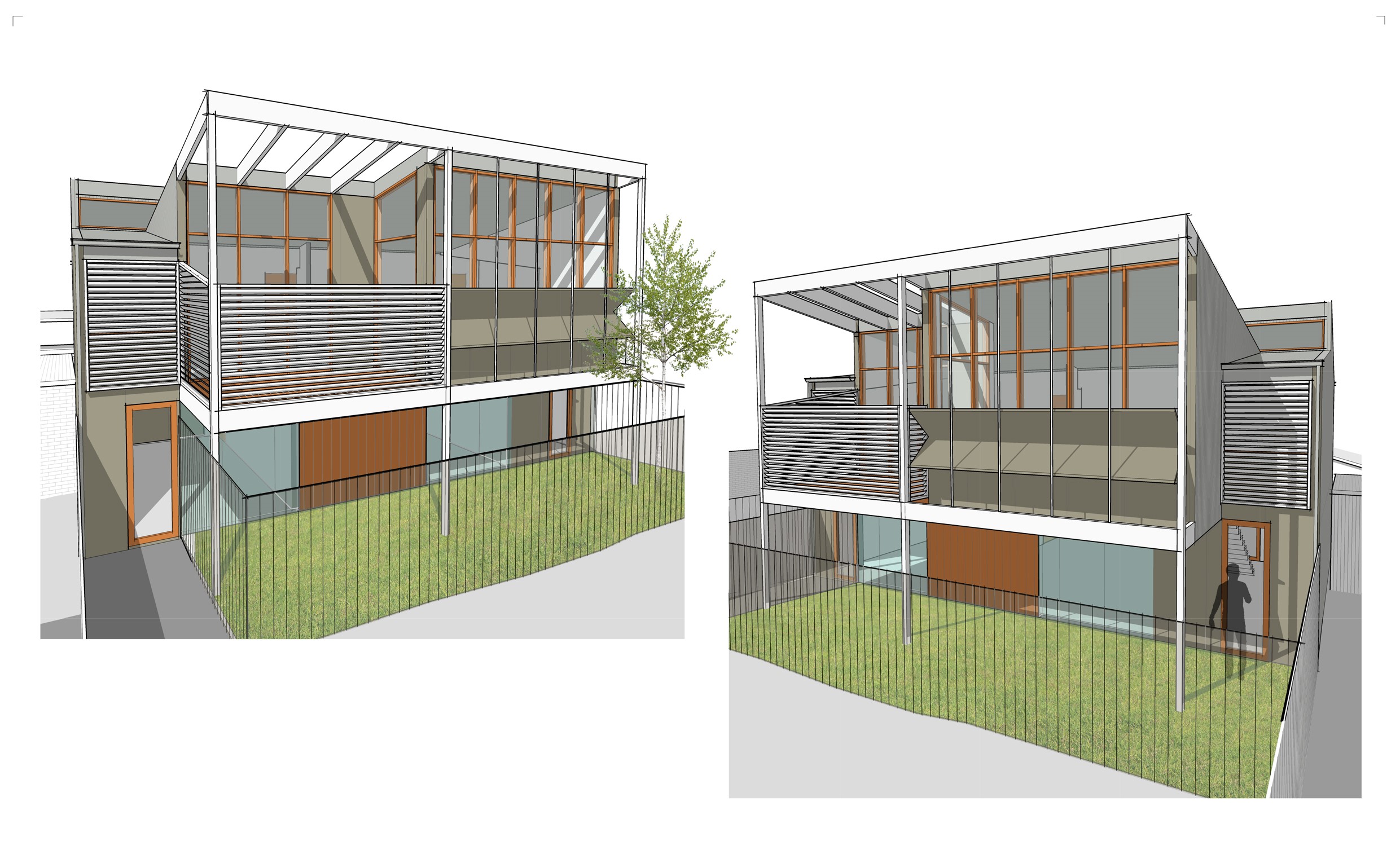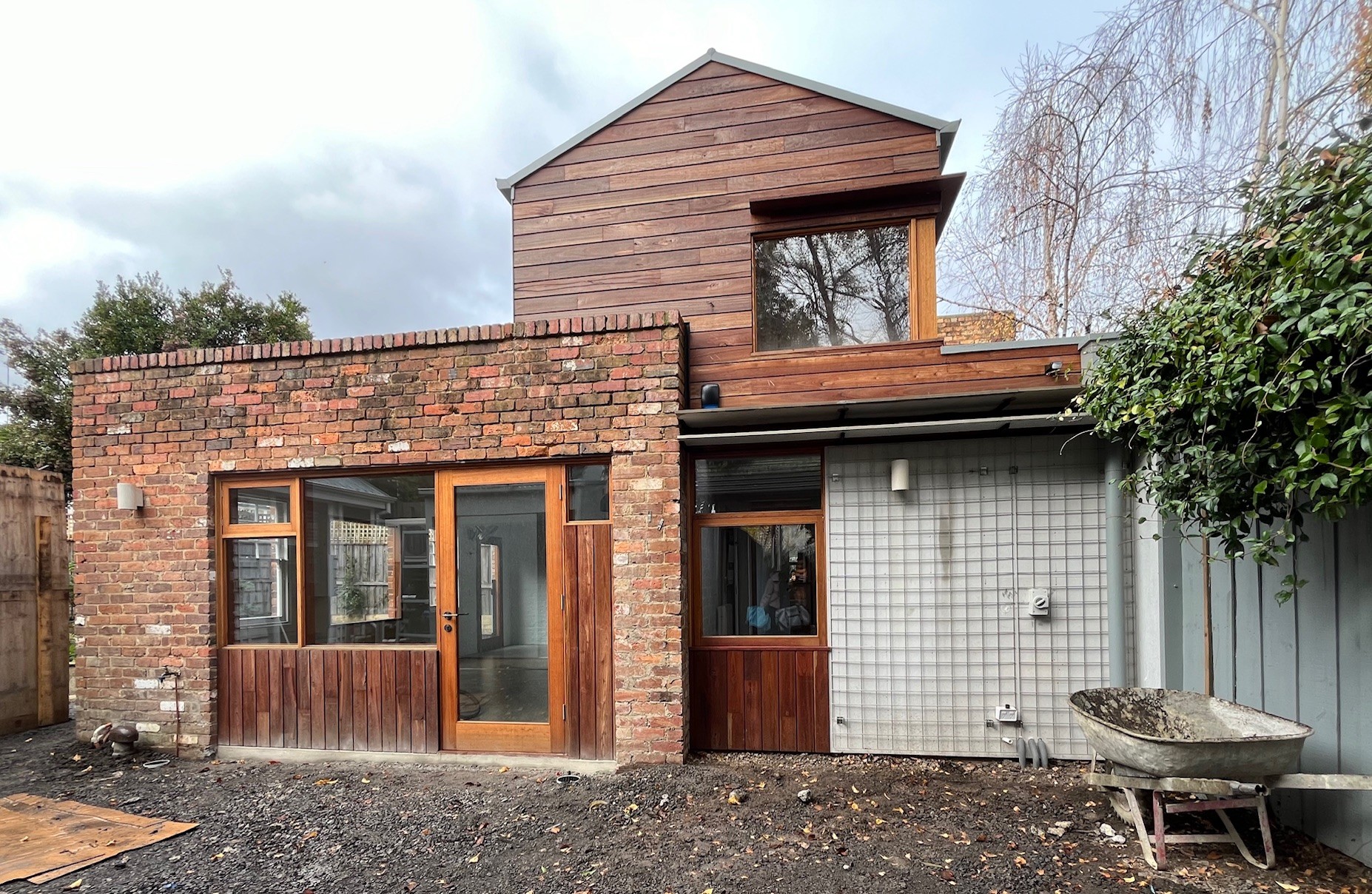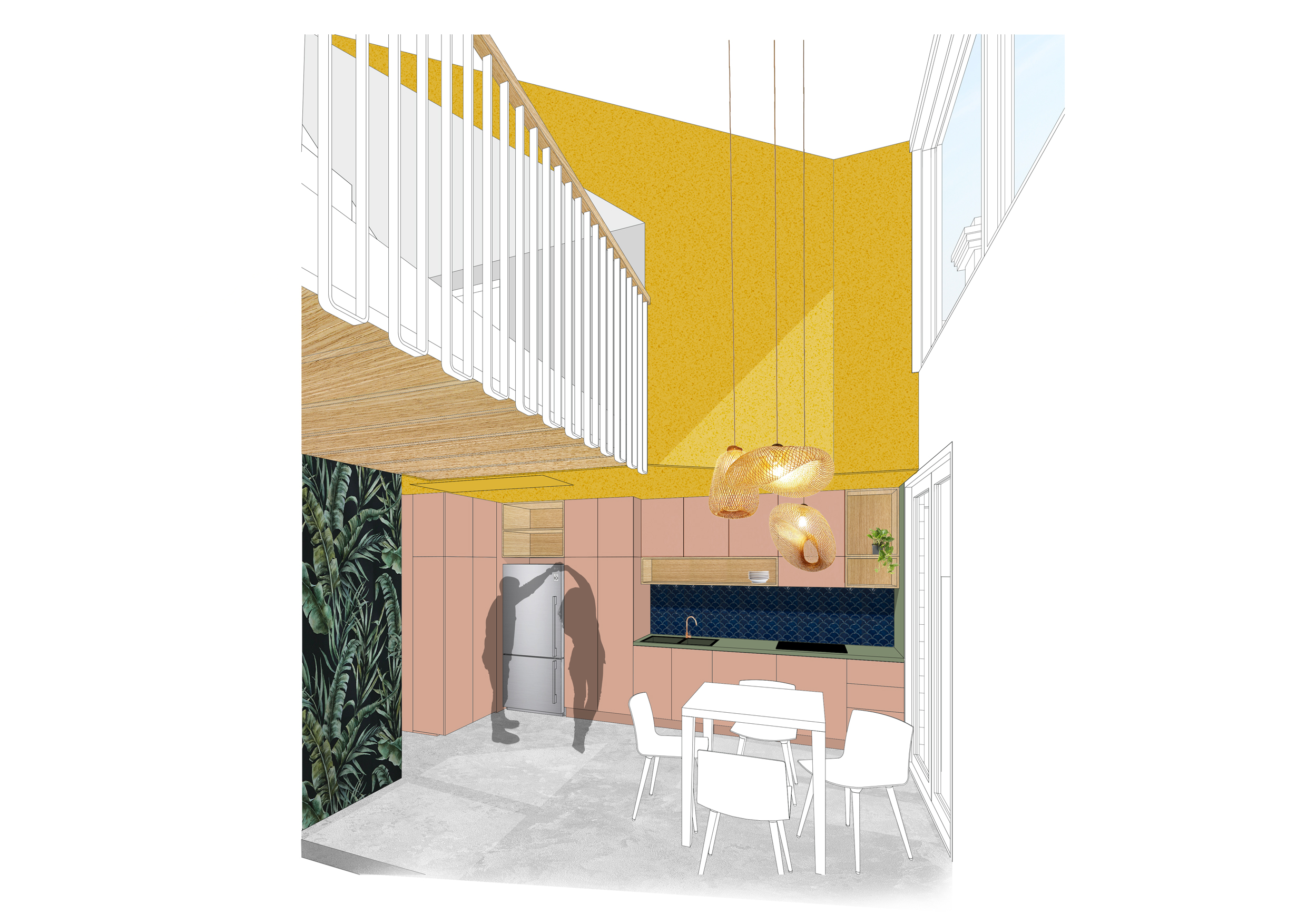Dealing with the housing crisis – the ‘granny flat’ is back
Many people, particularly a younger cohort, would be unfamiliar with the term ‘granny flat’. However, while the concept may be foreign to some, this free-standing house in one’s back garden is experiencing a resurgence – a phenomenon that can be attributed to a number of factors:
- an extremely tight rental market
- a shortage of housing, particularly in the inner areas
- increased interest rates
- adult children opting to stay at home for a longer period
- limited access to affordable housing
- population growth
While some of these factors were not at work in the post war period when there was an influx of migrants coming from Europe after the Second World war, there is now, as then, a shortage of building materials and issues associated with a broken supply chain. And with the costs involved in moving, there is now the demand for the ‘forever house’, one that caters for a family’s life cycle. As with the European tradition of extended families often living together, the granny flat is becoming more common. Due to the problem of affordability, many have seen an opportunity to rent out a second house on their property as a means of earning additional income – whether this takes the form of an Airbnb or as a long-term rental proposition.
For couples with small children wanting help from parents, having a second dwelling allows for overnight stays. And for those who have family and friends living abroad and needing a place to stay for a few weeks or a couple of months, this typology makes sense.
In the post-war period, a granny flat often took the form of a rudimentary structure – a couple of connecting rooms and an indoor bathroom for the more developed structures. However, as Steffen Welsch Architects has demonstrated, these new dwellings are now considerably more sophisticated and much larger, varying in area between 70 and 90 square metres. As with its approach to housing in the broader sense, these secondary dwellings feature light-filled spaces, privacy from neighbours, generous storage and, in some instances, particularly if an elderly parent is living here, disabled access.
There is certainly not one type of model for the granny flat. For Steffen Welsch Architects, delivering the appropriate format is as detailed as taking a brief for a new house or renovations to an existing home.
Case Studies
Northcote House
Northcote is endowed with many period homes, with this house – a fine timber three-bedroom Edwardian – being one of them. And as with many homes in this neighbourhood, there’s a right-of-way ROW) that allows for car access and off-street car parking.
As this house sits on a 400-square-metre site (relatively generous for the inner city), coupled with ROW access, there was the opportunity to create a second home or granny flat. With the brief from the clients for a three-car garage (allowing for a workshop), this dwelling also includes a bathroom and laundry downstairs, along with direct access to a private garden – separate to the main house. And on the first floor is the open plan kitchen and dining area, and a living area, the latter leading to a large north-facing terrace. There was also sufficient room to accommodate a separate study nook at the top of the stairs. And like a house, there are two bedrooms, each one with its own ensuite bathroom.
As with any of Steffen Welsch’s projects, this secondary house is given as much consideration as a primary residence – white painted steel louvres for privacy and sun control, a raked ceiling that extends to 3.4 metres in height to take advantage of the northern sunlight and translucent glazing at ground level to ensure privacy, while still allowing for light. In terms of area, this 120-square-metre house, including the three garages, is an ideal proposition as a separate rental, accommodation for adult children or for an owner’s child and partner, staying at home while they save up for a place of their own.

North Fitzroy House
This four-bedroom Victorian timber family home is certainly large enough for the owners who have three young children. However, one has parents who live in the United Kingdom who often come to stay for three to four months at a time. While the children can double up for short periods, there was more than sufficient room to create a second dwelling on the site – particularly given there was already a Victorian brick stable at the back of the block and a right-of-way for car access. Up to this point, the stable was used for storage – at best a spillover area for the home’s swimming pool.
Steffen Welsch Architects’ design is to integrate the stables into a self-sufficient dwelling, with a new timber extension to the brick structure. At ground level, there will be a bedroom and a bathroom, separated by a small courtyard. The stables will be renovated, with a mezzanine (by elevating the roof) to ensure there is still sufficient storage.

A Dilapidated Cottage in Abbotsford
Typical of many inner-city plots, this one is only 220 square metres in area, it also came with a dilapidated single-fronted timber Victorian cottage – barely liveable. While many would consider demolishing it or renovating and extending, the objective in this case is to renovate the cottage and building a larger free-standing dwelling in the back garden – the latter being considerably larger than the typical size of a granny flat.
Purchased by a family whose children live in Melbourne’s CBD with the parents living out of town, the objective is to create two homes that allow parents and children to stay, either independently or together. The cottage will comprise a bedroom and bathroom, together with an open plan kitchen, dining and living area. While the second dwelling, separated by a courtyard, will consist of three bedrooms, two bathrooms, and a considerably larger open plan kitchen and living areas. The first floor, with its two bedrooms and retreat/rumpus room, is more akin to the floor plan one would expect in a family home. So, unlike the usual arrangement, where the granny flat is considerably smaller in size, here it’s the reverse hold.
In contrast to the Victorian timber cottage, the new dwelling will be constructed in recycled brick, timber and translucent polycarbonate walls, the latter creating a sense of lightness.

As the formation of families continues to evolve, the granny flat or second dwelling is becoming more pronounced. And unlike the past, where this secondary structure was often considered to be a temporary solution, it’s now conceived as a house in its own right, complete with all the creature comforts one expects in their own home.
Written by Stephen Crafti